The International Energy Agency (IEA) projected on Wednesday a historic first decline in aggregate fossil fuel demand by 2050 after plateauing in the 2030s, with all net growth in energy demand coming from low-emission sources, based on current policy settings.
Due to the projected overall drop in the energy consumption of the power and industry sectors in the emerging markets and in the developing economies in Asia, the IEA said in its "World Energy Outlook 2021" that demand for natural gas should be around ten percent, or 600 billion cubic meters (bcm) less by 2050 than projected in 2020.
According to the IEA, "oil demand starts to decline in the 2030s for the first time in the STEPS (an outlook based on current policy settings) as a result of more muted growth in petrochemicals and faster reductions elsewhere."
Oil demand is projected to level off at 104 million barrels per day (mb/d) in the mid-2030s and then decline very slightly until 2050. Oil use in road transport is expected to increase by around six mb/d through to 2030, with a particularly sharp rise in 2021, and by close to eight mb/d in the aviation, shipping and petrochemicals sectors.
Demand for natural gas will increase in all scenarios over the next five years, the IEA said.
In the STEPS, natural gas demand grows to around 4,500 bcm in 2030 and to 5,100 bcm in 2050. Natural gas use in industry and in the power sector increases until 2050, and this energy source remains the default option for space heating.
The use of coal rebounds more rapidly in the near term and stays above the projection published in 2020 until around 2030, but its subsequent decline is likely to be faster than projected in 2020, the IEA said.
Worldwide coal demand is expected to rise slightly until 2025 and then slowly decline. By 2050 it should be around 25 percent lower than in the 2020 projection.
The IEA commended China's decision to stop funding coal-fired power projects abroad. This could help save some 20 gigatons of cumulative CO2 emissions.
Compared to its 2020 outlook, the IEA now expects global CO2 emissions to be two gigatons lower in 2050, due mainly to the projected 25-plus percent power sector emissions drop between 2020 and 2050.
Electricity generation from solar photovoltaics (PV) and wind in 2050 is projected by the IEA to be around 15 percent and 20 percent higher, respectively.
However, the IEA warned that the world is not investing enough to meet its future energy needs.
In order to keep global warming to 1.5 degrees Celsius, the IEA proposes a stronger push for clean electrification, a relentless focus on energy efficiency, a broad drive to cut methane emissions from fossil fuel operations, and a big boost to clean energy innovation.














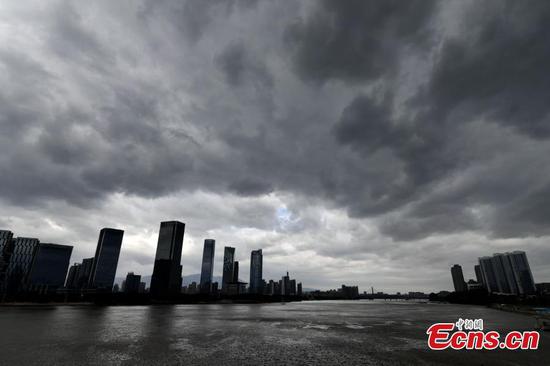






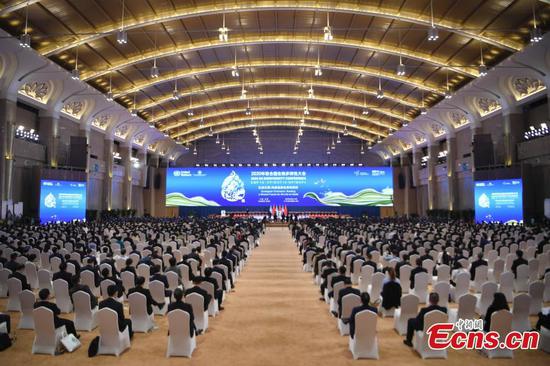








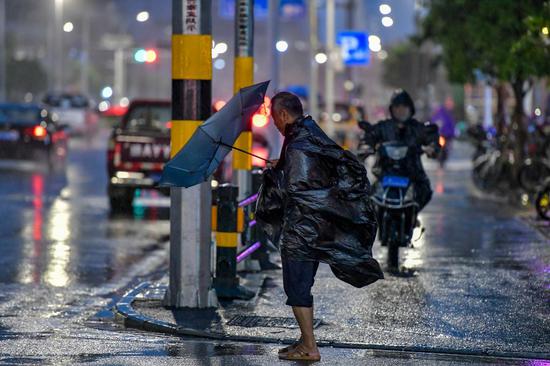




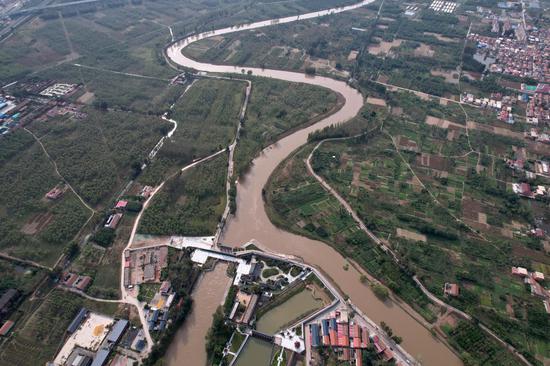
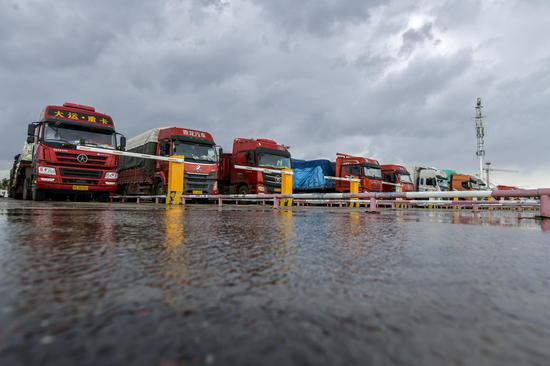













 京公網安備 11010202009201號
京公網安備 11010202009201號